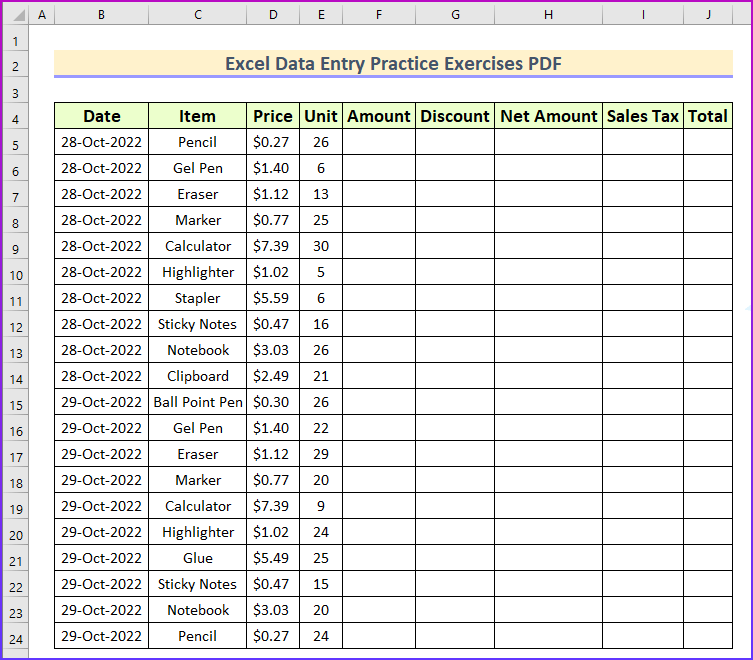
However, businesses with internal accounting cycles also follow the external accounting cycle of the fiscal year. The closing entry process involves transferring your net income to retained earnings. When earnings are transferred, all temporary accounts should be closed. Many businesses automate the accounting cycle with software to minimize the accounting mistakes that can arise when you manually process financial data. Financial tracking is vital to business success because it helps business owners understand their fiscal situation and monitor their financial health at all times. Understanding the accounting cycle is crucial for proper financial oversight.
Accounting for Tech Companies: Overview and Best Practices
Creating and adhering to a set accounting cycle will result in straightforward, organized financial data that external parties, such as investors, can easily interpret. Accounting is made up of all of the ways that a business’s money moves. It documents every transaction, making sure that things are accurate and kept track of. Without accounting, most businesses would be in poor financial health. Even as a small business, investing in accounting software makes sense because it automates almost all steps in the accounting cycle. Financial accounting software can execute many of the steps in the accounting cycle automatically.
The Accounting Cycle: 8 Steps You Need To Know
A business document (such as sales invoice, official receipt, etc.) provides evidence that a particular transaction happened, and serves as basis in recording the transaction. Sole proprietorships, other small businesses, and entrepreneurs may not follow it. Once you’ve made the necessary correcting entries, it’s time to make adjusting entries. The general ledger is like the master key of your bookkeeping setup.
Preparing a Trail Balance
- At the end of the accounting period, you’ll prepare an unadjusted trial balance.
- The process occurs over one accounting period and will begin the cycle again in the following period.
- As accountants identify the mistakes, they rectify the same in the worksheet to ensure debits are equal to credits.
- This could mean providing quarterly training on best practices, meeting with your staff each cycle to find their pain points, or equipping them with the proper accounting tools.
While these balances can be listed manually, the trial balance process is built into many accounting software systems. The accounting cycle vs operating cycle are entirely different financial terms. The accounting cycle consists of the steps from recording business transactions to generating financial statements for an accounting period. The operating cycle is a measure of time between purchasing inventory, selling the inventory as a product, and collecting cash from the sales transaction.
Identify Transactions

Each business transaction must be properly analyzed so that it can be correctly recorded in the journal. Stakeholders, including management, the Board of Directors, lenders, shareholders, and creditors, can analyze the financial statement results for the accounting cycle period. When a bookkeeper identifies adjustments that need to be made, they have to create new journal entries.
CPA firms can review or audit the financial statements and drill down to the underlying financial transactions and accounting records to test account balances. Other transactions or activities of the company indicated debit balances of $800 as Accounts Receivables and $100 inventory besides $600 cash debit. As a result, the credit balances worth $1,200 don’t balance with the debit balances of $1,500 in the trial balance. Thus, the bookkeeper has to find the missing records to tally both the credit and debit sides. It is a crucial step as the discrepancy, if not handled correctly, could mislead internal and external stakeholders while making business decisions. In addition, by adjusting entries, the accountant will ensure the information seekers receive crystal clear accounting details from the trial balance.
If you use accounting software, posting to the ledger is usually done automatically in the background. The ledger is a large, numbered list showing all your company’s transactions and how they affect each of your business’s individual accounts. Completing the accounting cycle can be time-consuming, especially if you don’t feel organized.
An optional step at the beginning of the next accounting period is to record and post reversing entries. Recordkeeping is essential for recording cashflow tracker calculator all types of transactions. Many companies will use point of sale (POS) technology linked with their books to record sales transactions.




